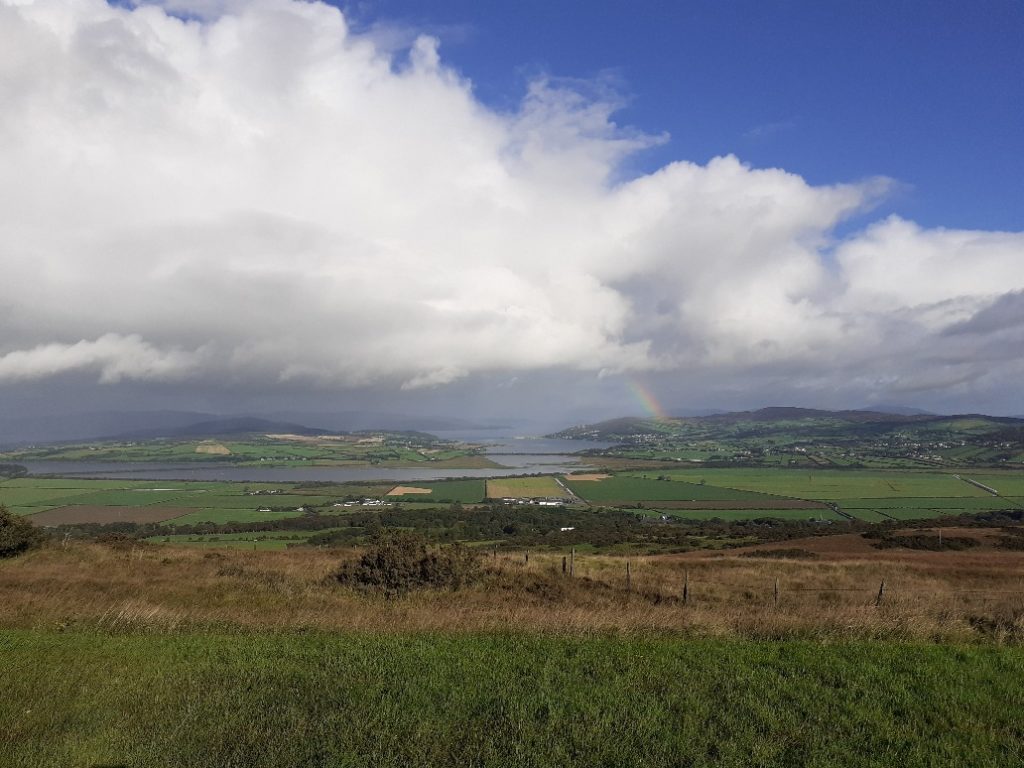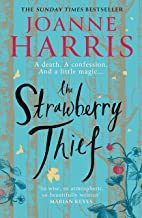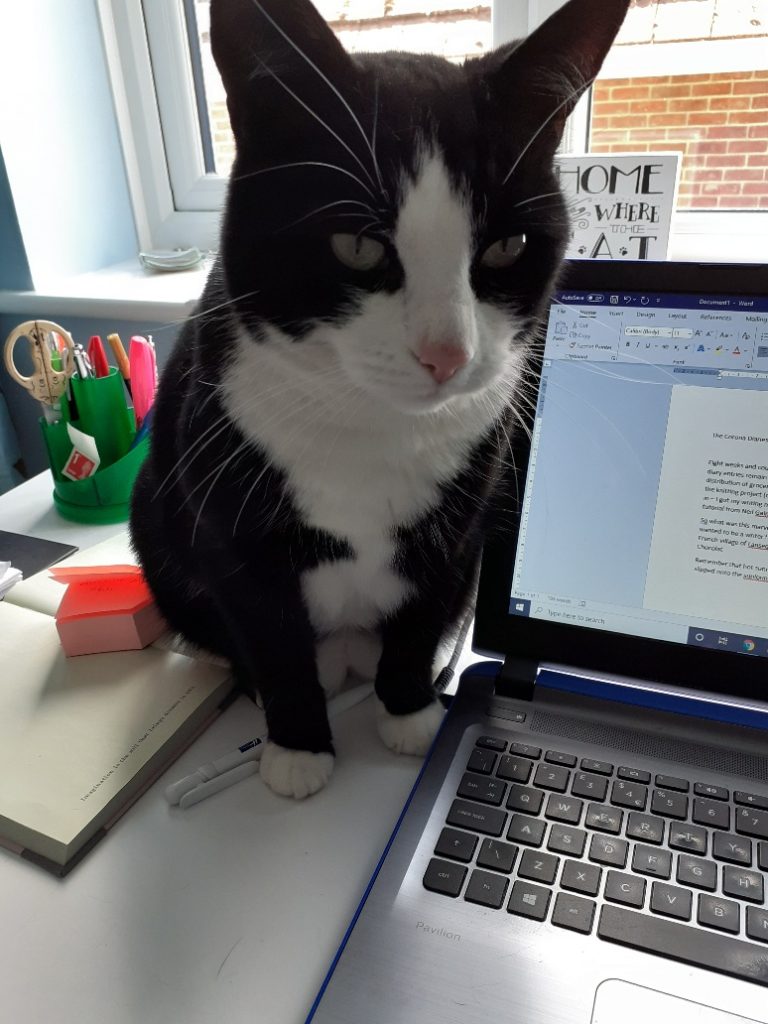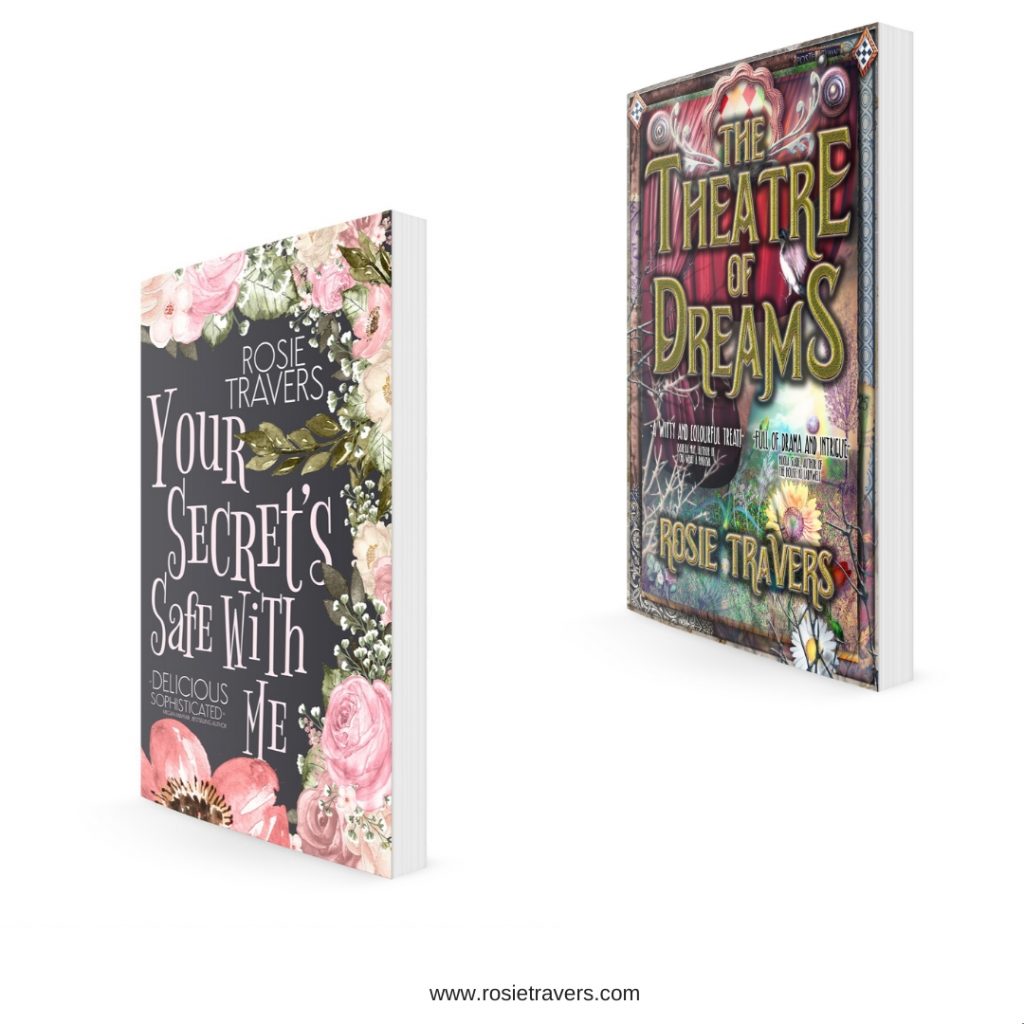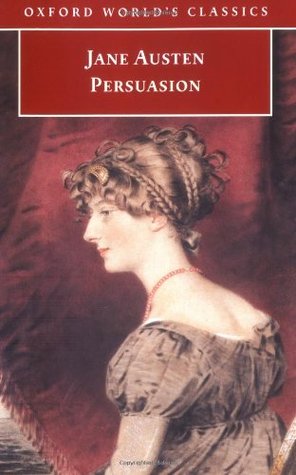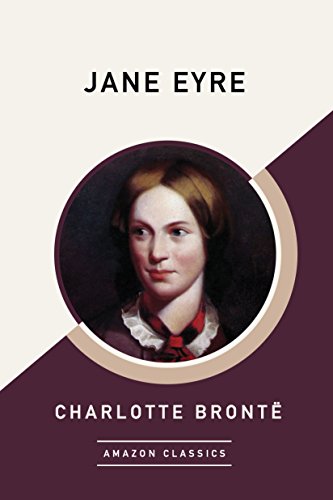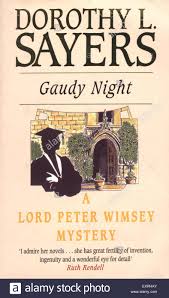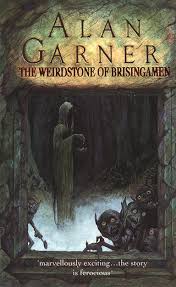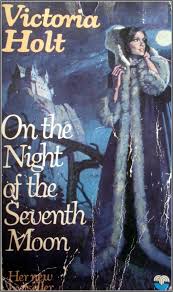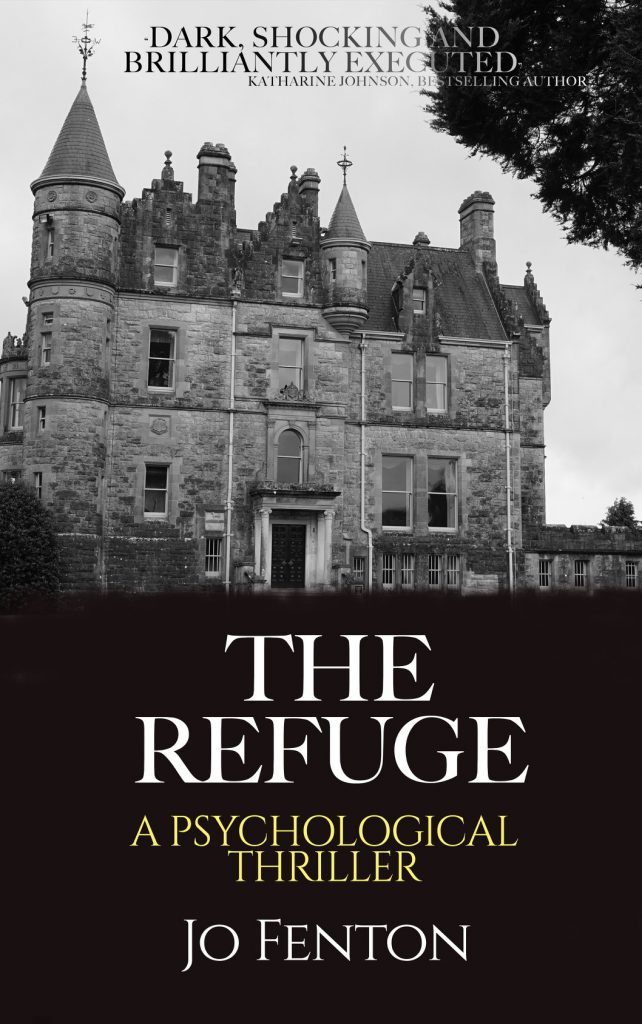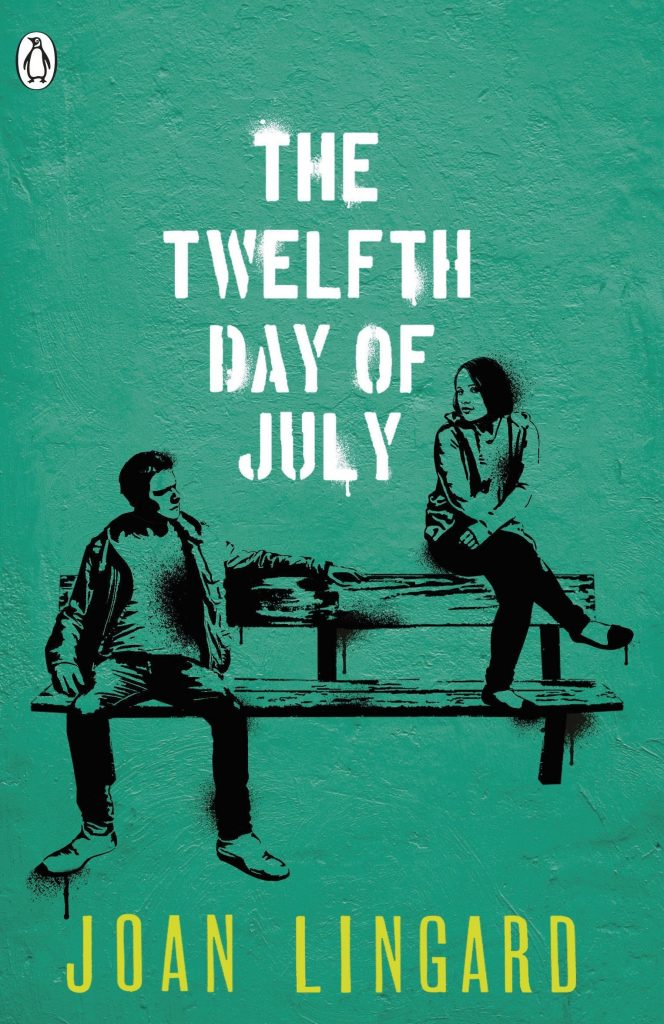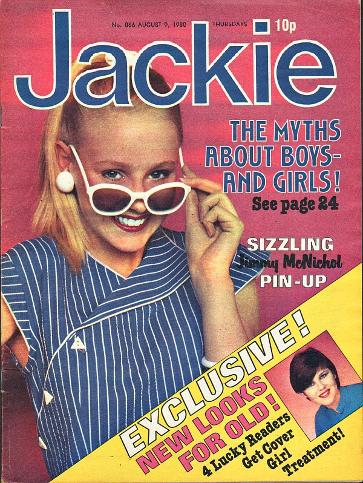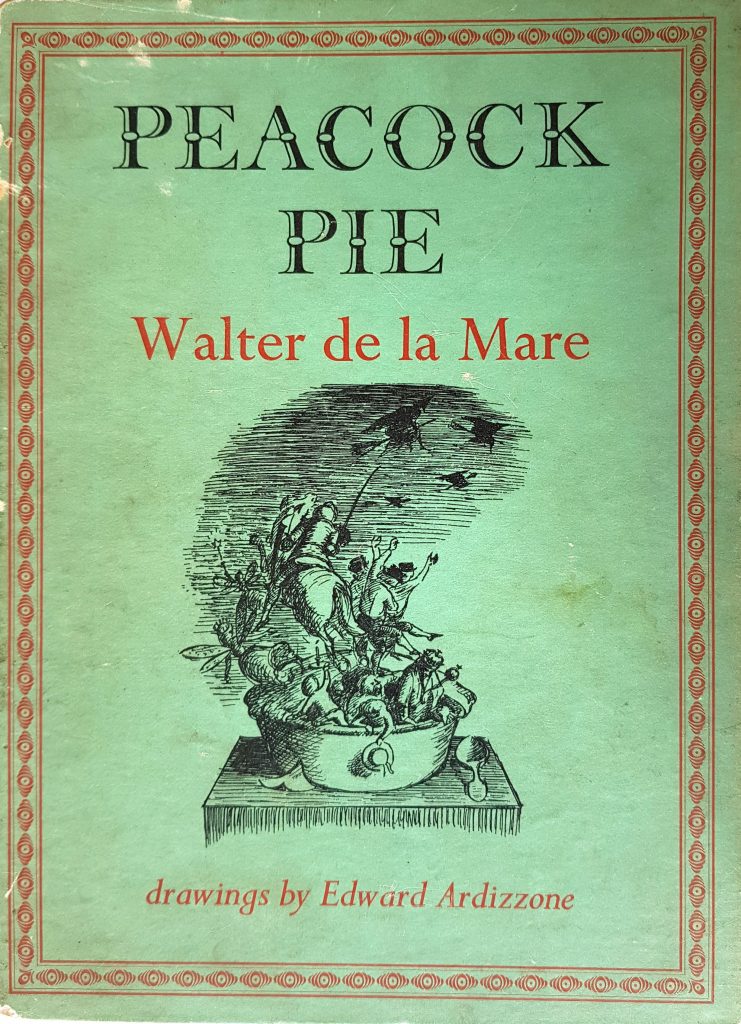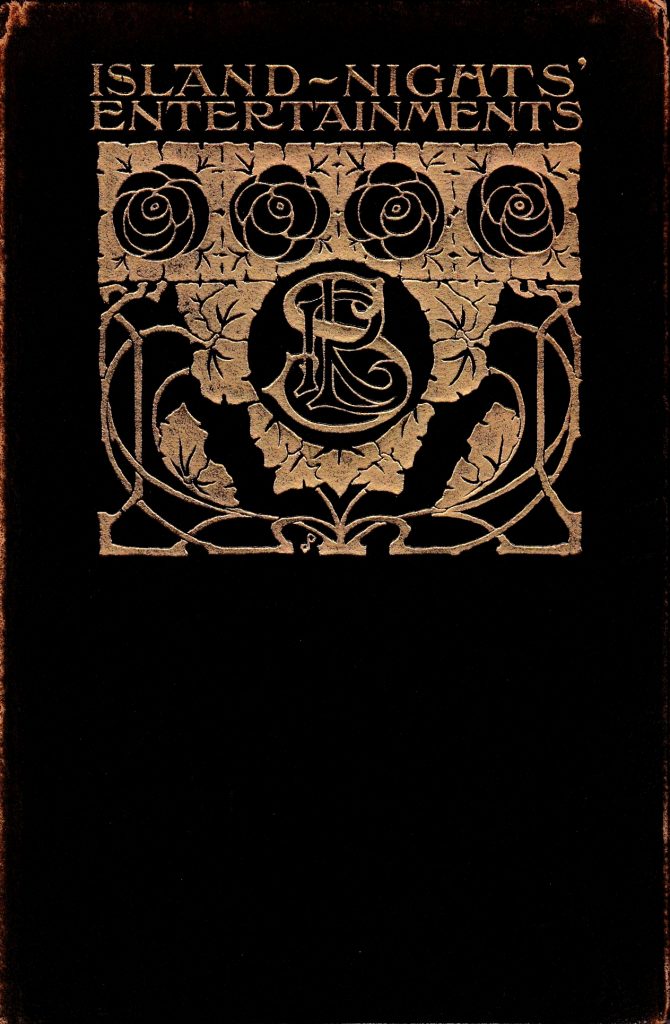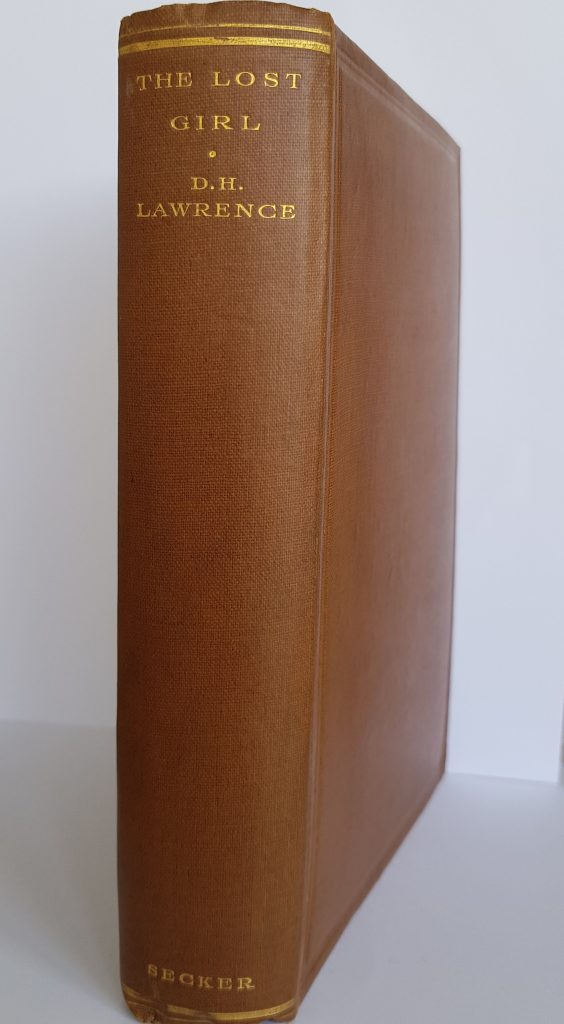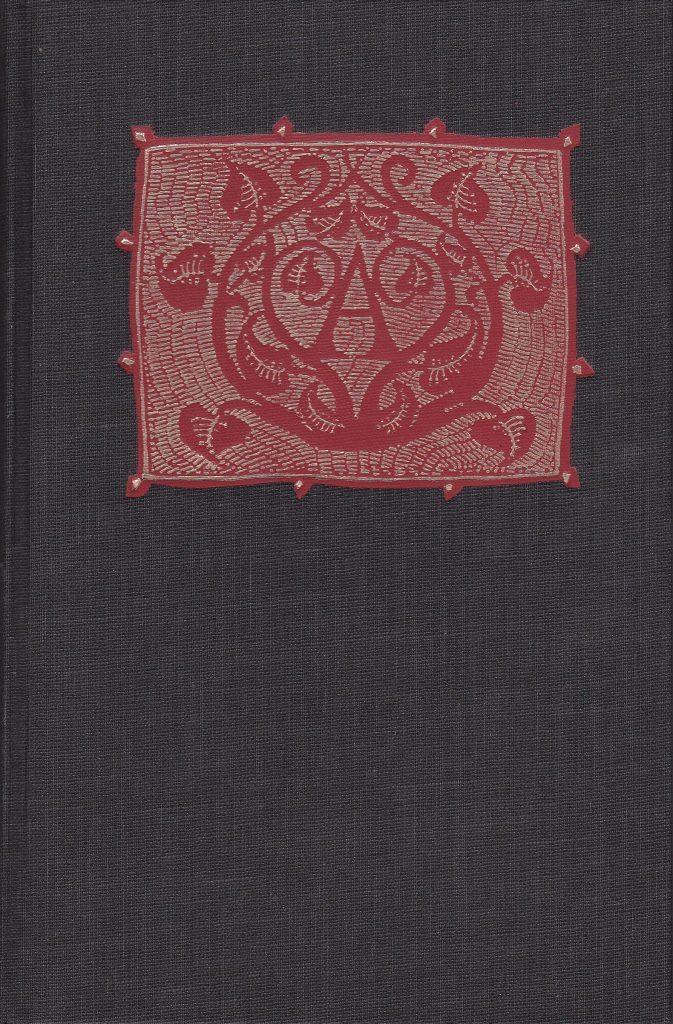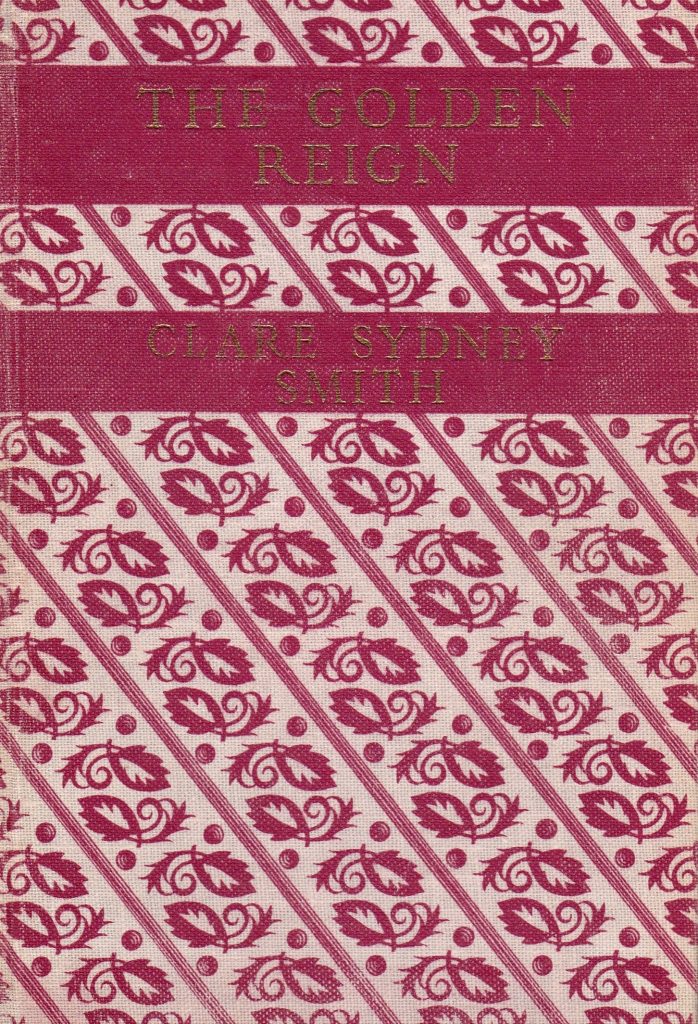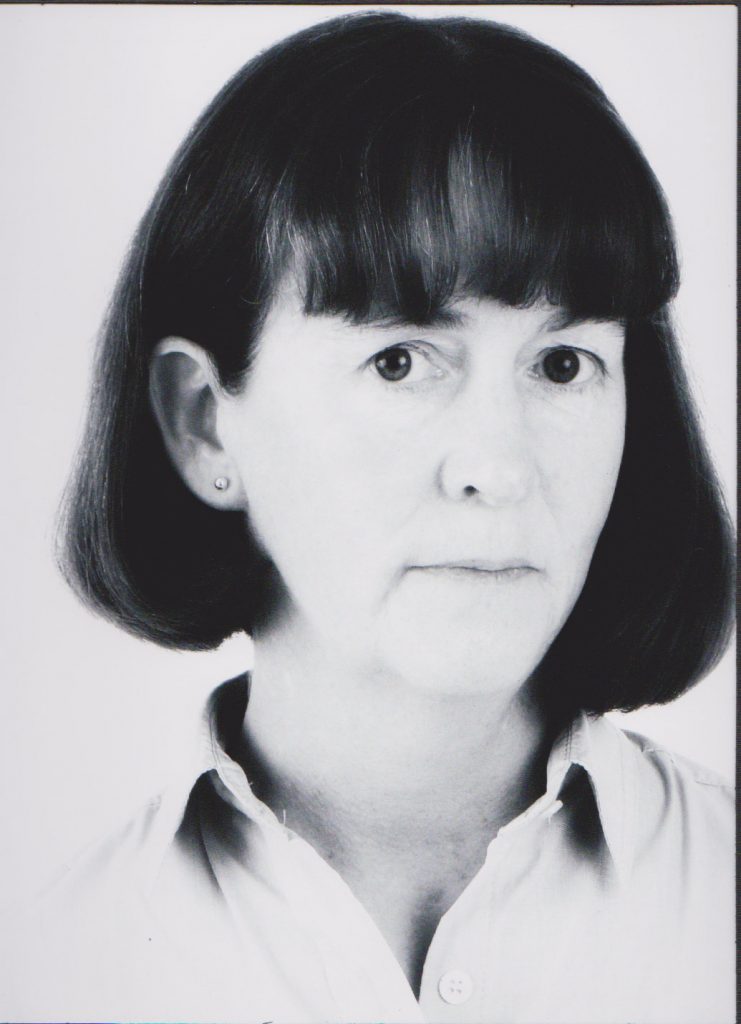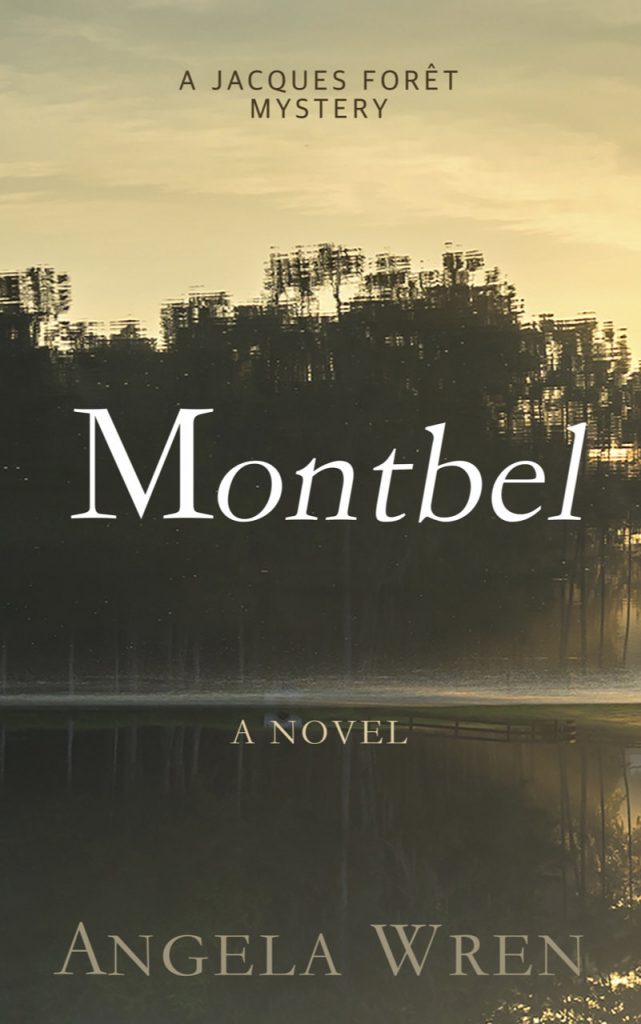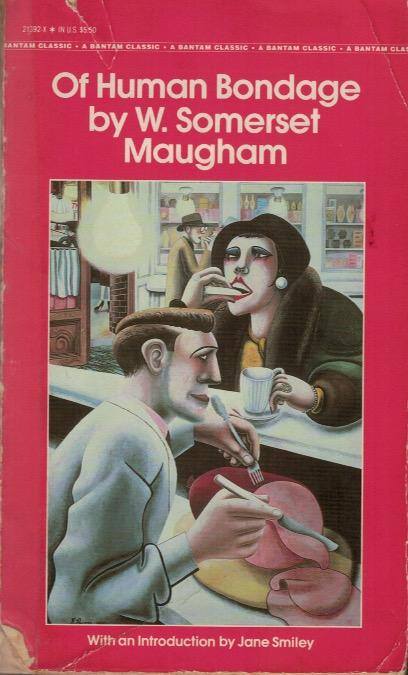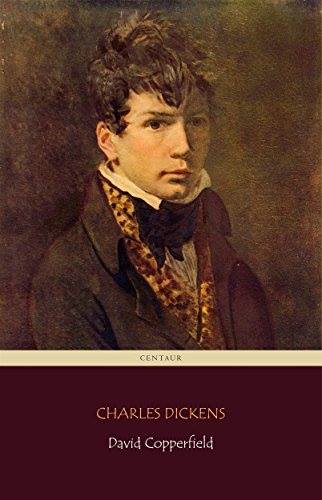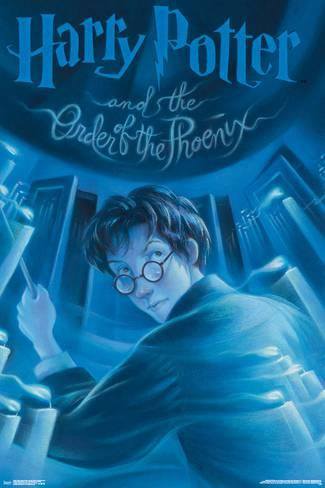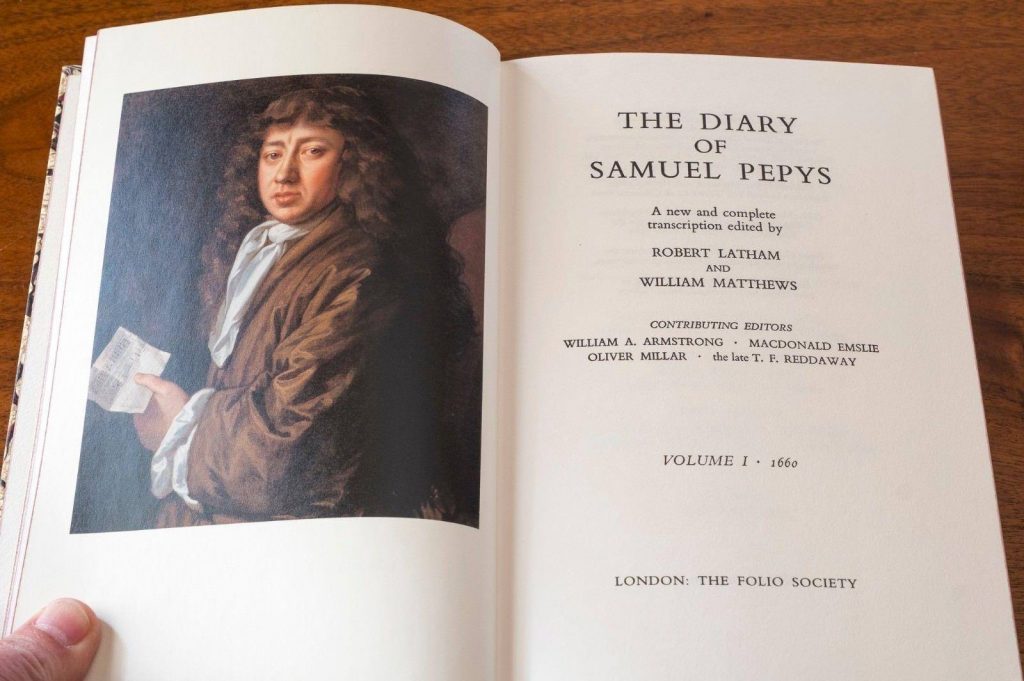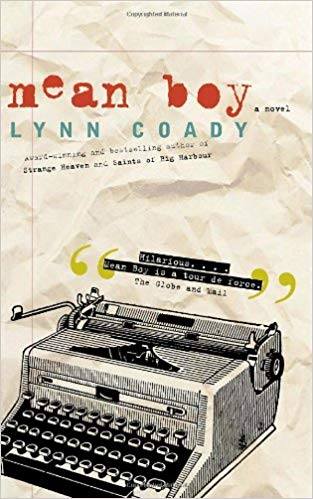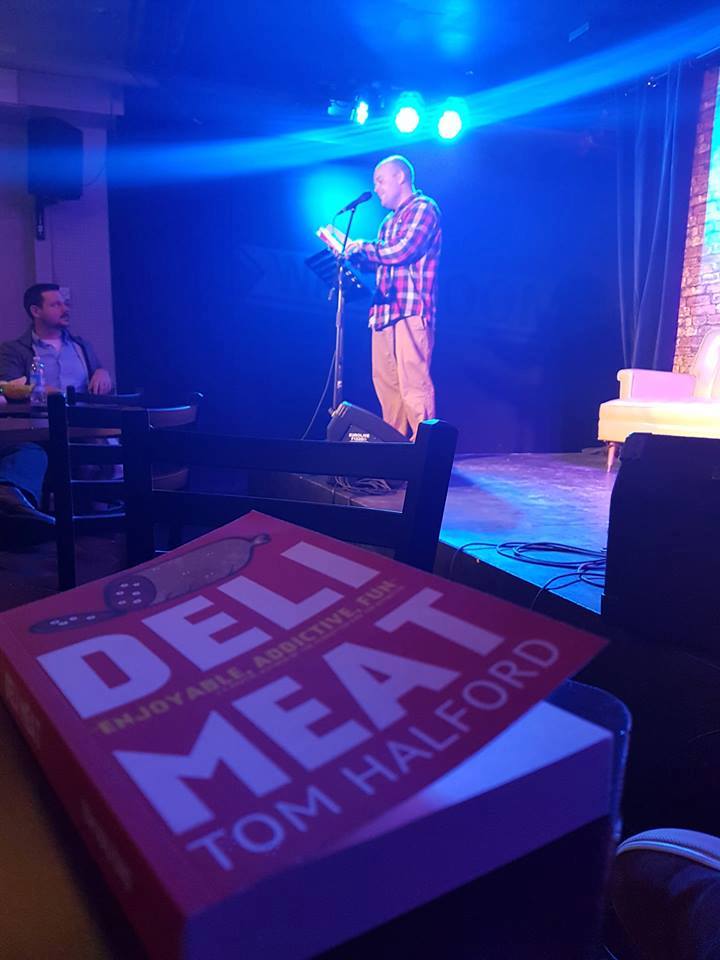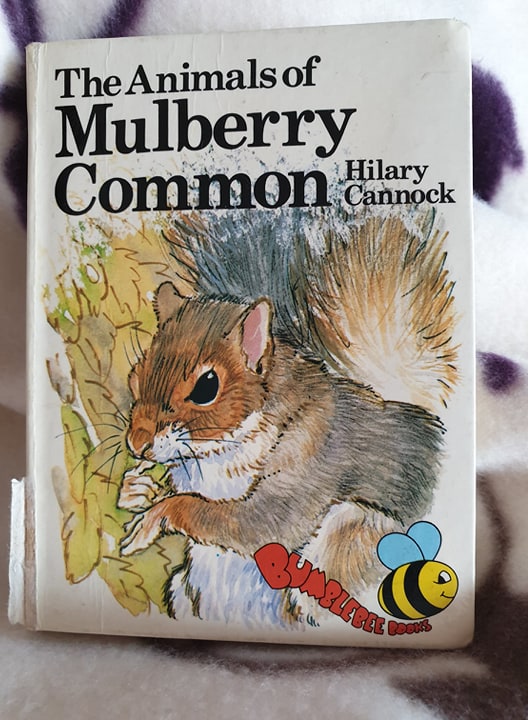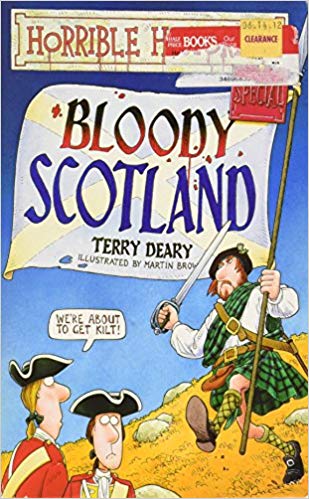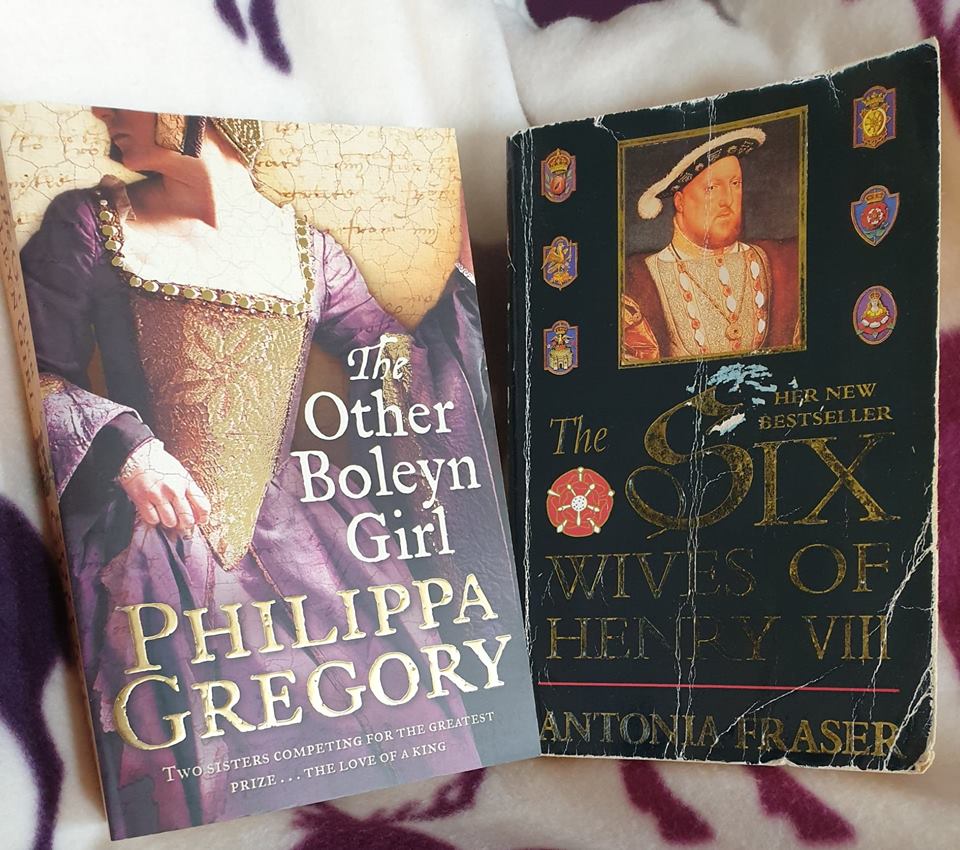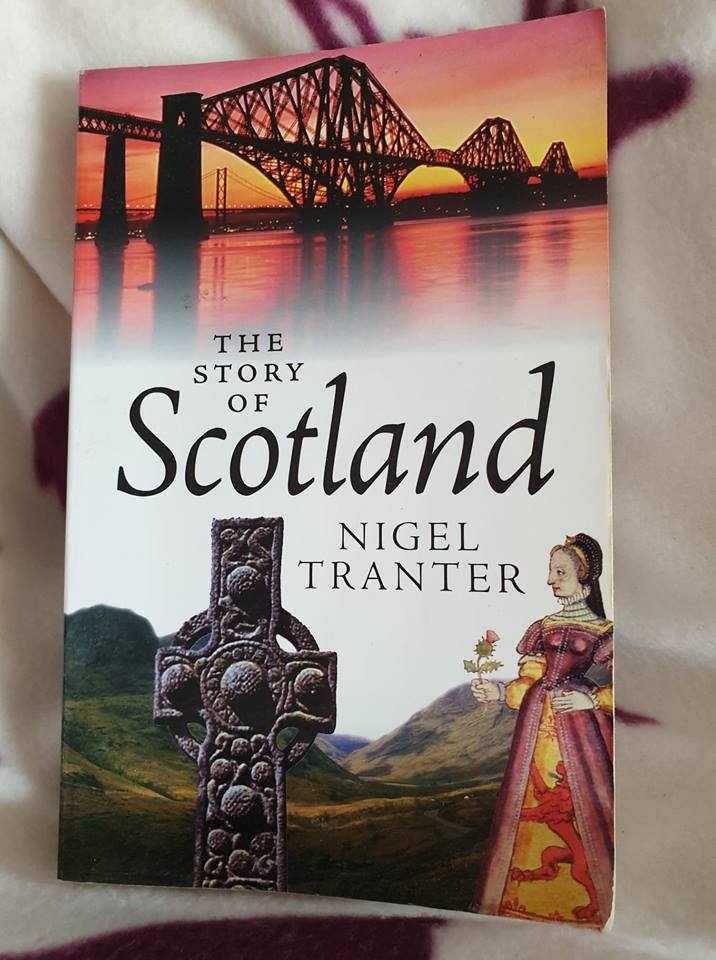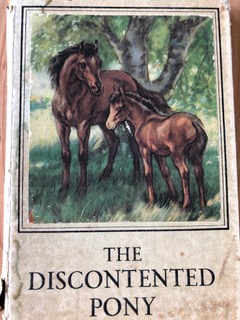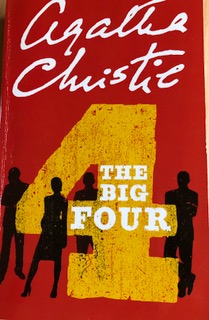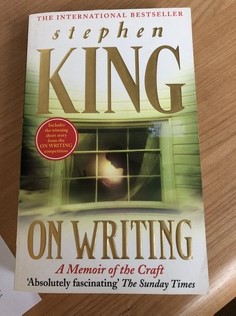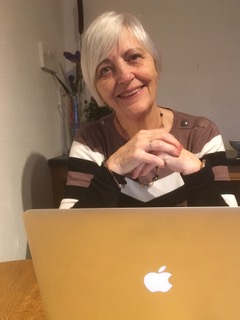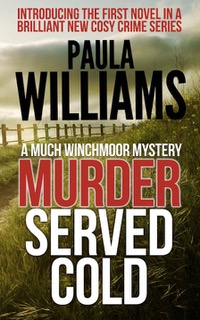This week I’d thought I’d write my own travelogue about our two week tour of the Irish countryside. Like a lot of people we’ve had to look closer to home for our holiday ideas over the last couple of years. In 2020 we ticked off North Wales and Scotland, this year we decided head to the island of Ireland, as it now seems to be referred to in the tourist board adverts.
As a child growing up in the 1970s, the idea of taking a break in Northern Ireland was off the radar, but thankfully, times are very different now. After a short overnight stay in Belfast and the afternoon exploring the city’s amazing Titanic Museum – we headed out into the countryside following the stunning Causeway Coast route north.

It may come as a surprise to a lot of people, but I’m a huge fan of Game of Thrones. Blood, gore, death, destruction, it’s not my normally my cup of tea at all, but after we’d been on a trip to Dubrovnik a few years ago and encountered hoards of tourists on GoT walking tours and shops selling plastic figurines of Sean Bean and Charles Dance, we bought the DVD of the first series to see what all the fuss was about and became completely hooked (I blame Kit Harrington and that bewildered expression he perfected as Jon Snow).
I forced Mr T to take a pitstop at a couple of locations which were used in the filming, firstly Ballintoy Harbour and then Dark Hedges, before we headed to the infamous Carrick-a-rede rope bridge, which much to my relief, was closed. No need to face the dilemma of whether I’d be brave enough to cross.
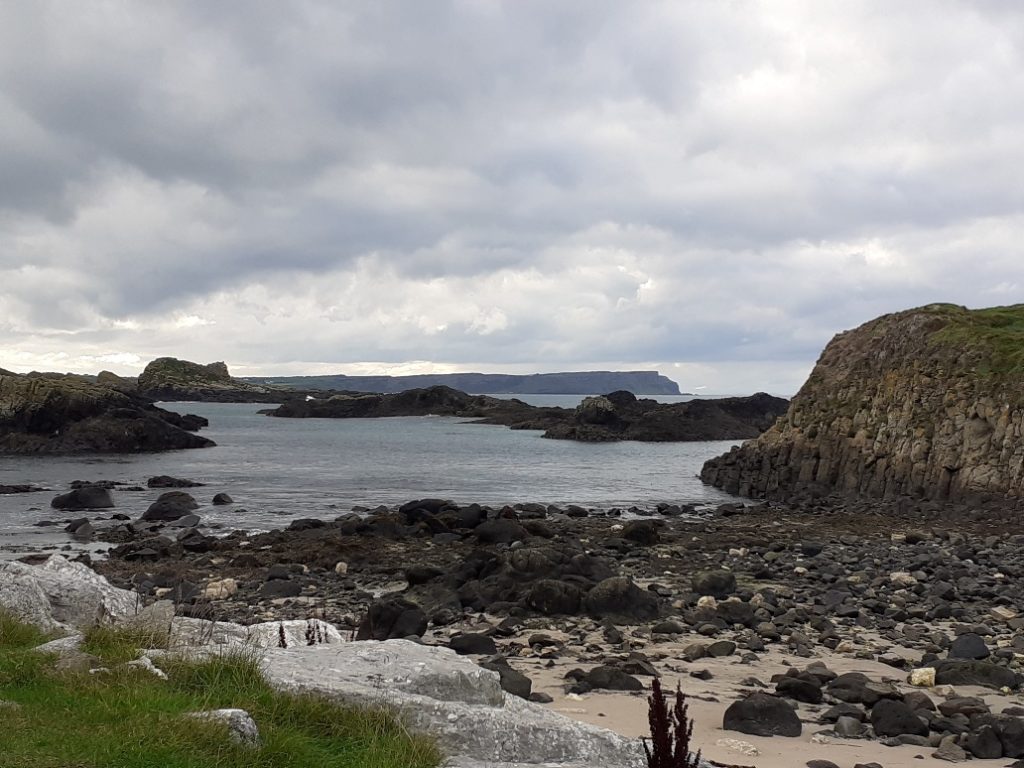

The following day we set out on a six mile coastal walk to take in the Giant’s Causeway and that’s when it all started to go a bit wrong. Somewhere along the route (which really is breathtakingly stunning with numerous photo opportunities), I damaged my foot, or my shin or my calf and quite possibly all three, and I developed a bit of a limp.
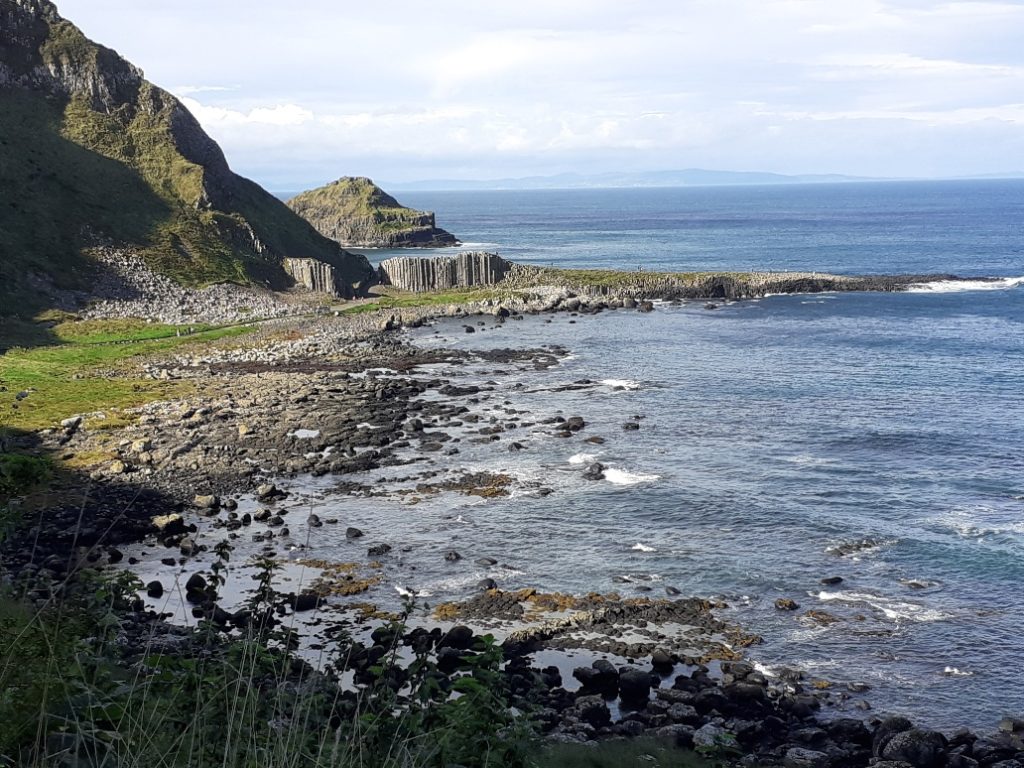
I know, rest, ice, compression, elevation, but I was on holiday. I had the whole of Ireland to see, a trip Mr T had painstakingly planned, that took us to Donegal, Westport, Galway, Dingle, Killarney and the Wild Atlantic Way…so I dosed up with pain relief and carried on.
At the lovely town of Westport we took a boat trip around Clew Bay, home to 365 islands and a large colony of grey seals. When you’ve visited the Titanic museum only days before, and you’re on a rather antiquated boat which the minute you step on board you think have they got a licence for this, listening to a commentary cataloguing local shipwrecks, the last thing you want to do is hit a rock, but we did. There was a horrible crunch, and the sound of breaking glass…
‘Nothing to worry about,’ the cheery commentator remarked as if it happened all the time. Looking at the state of the boat it probably did.
Much to my horror the following day Mr T suggested another boat trip, this time around Dingle Bay. Dingle Bay has been home to the Fungie the friendly dolphin for several years, and the town has milked poor Fungie for all he’s worth. Sadly he appears to be no longer with us but as this boat looked a lot more seaworthy than the last and Dingle Bay is a very pretty spot, we headed out to sea. To be honest, by this point in the trip anything that didn’t involve walking seemed like a good idea.
From Dingle we headed down to Killarney and the ring of Kerry. According to our Best Roadtrips in Europe Guidebook, if you don’t do anything else Ireland you do this. It was truly spectacular but by then I’d already fallen in love.

We’d planned our holiday to avoid spending a Saturday night in the cities of Dublin or Belfast, but Killarney should have been on the banned list too. We spent a lovely Friday evening enjoying “the craic” in a local bar, tapping our feet to some traditional music but the following day everyone else turned up. I’m not by nature vindictive but if I actually lived next door to any of the people who were running up and down our hotel corridor all night, I’d have been very tempted to get my lawnmower out first thing on Sunday morning – and possibly my hedge trimmer and jet washer too.
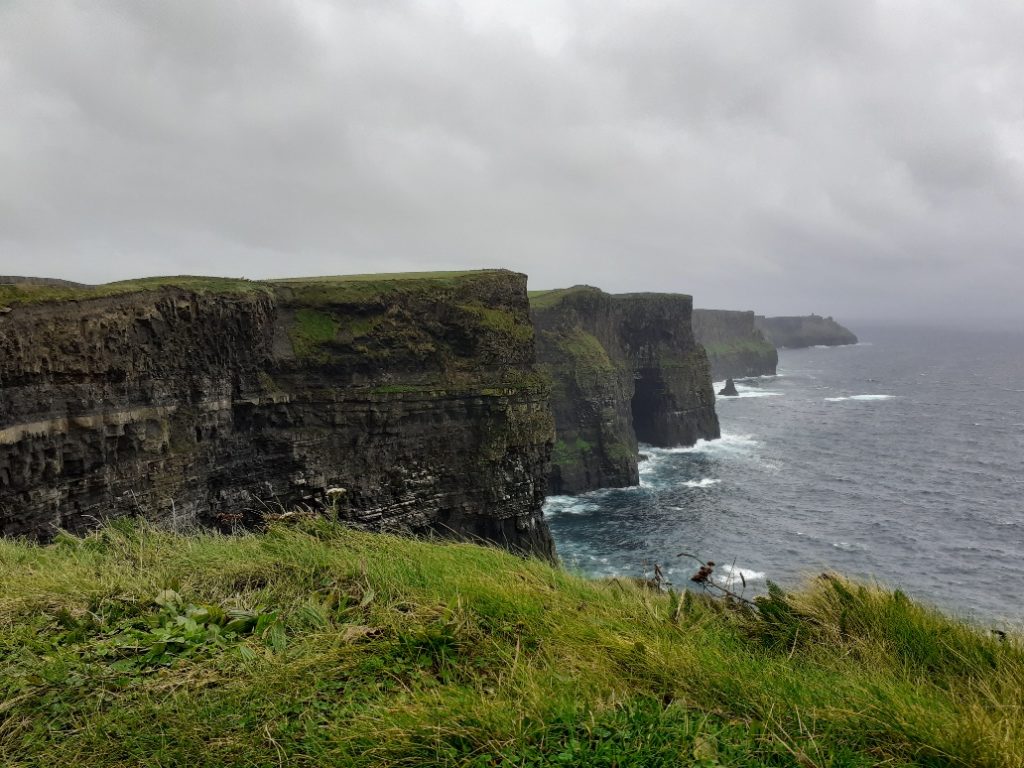
After Killarney the scenery mellowed. From the craggy cliffs, barren moorland and mountains of the north, we were in the land of cows and Kerry gold. I have to say I’ve never seen grass as green as I did in Ireland, or as many rainbows.
At Blarney Castle only Mr T was brave enough to kiss the stone but by then I knew if I got lay down to lean backwards over a parapet, I’d probably never get back up again.
It felt a privilege to visit Ireland without the hoards of usual tourists and it’s easy to see why they come. History is all around you, it’s impossible to avoid the stories of famine and mass emigration and the struggle for independence. There’s a lot of people all over the world who can claim some sort of Irish ancestry (me included!)
My lasting memories of Ireland will be the brave – or foolhardy – surfers riding the untamed Atlantic waves, ruined castles and ancient hillforts, and the remote rural cottages and homesteads with donkeys on the porch and a handful of sheep in the yard. The food was delicious, we were welcomed wherever we went and landscape has to be some of the most impressive and dramatic I’ve ever seen. I knew I’d like the south, because over the years I’ve read lots about it and seen the pictures, but Northern Ireland was revelation, a real hidden gem.
